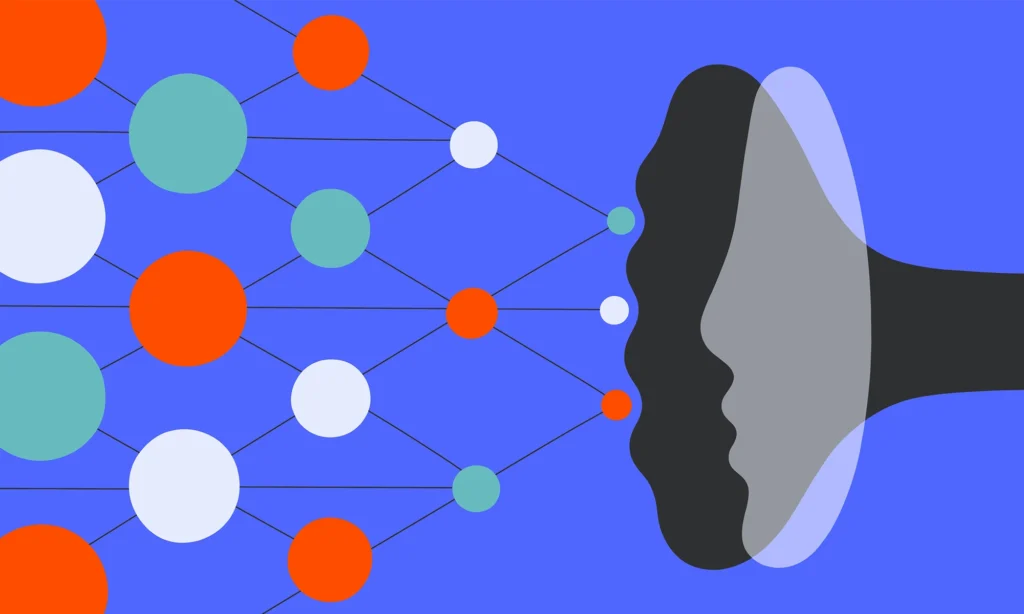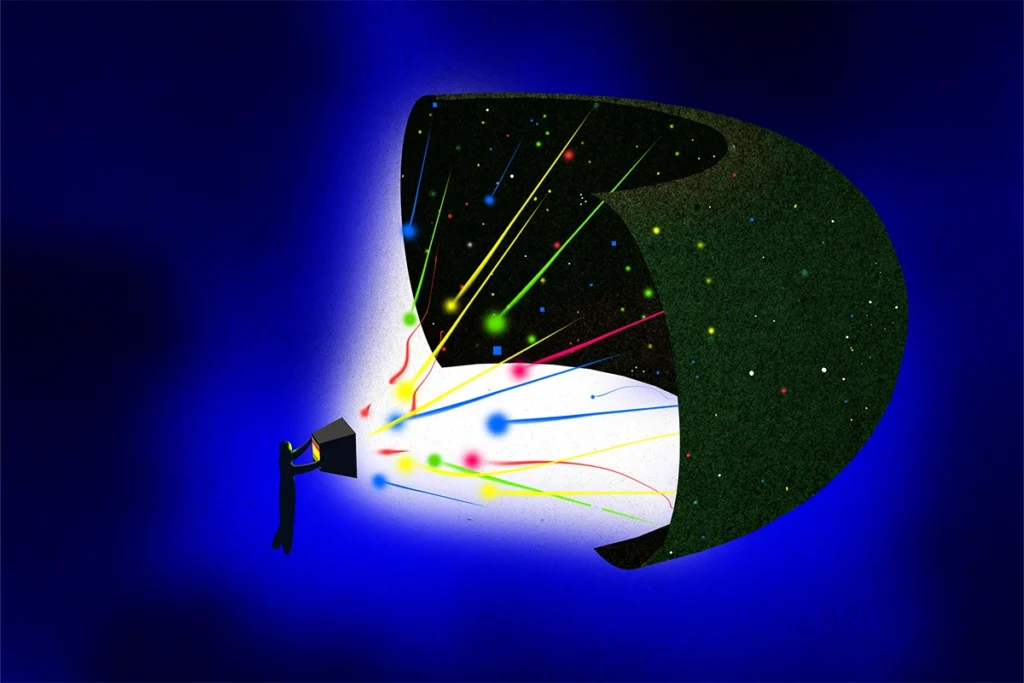It is widely accepted that decades of publicly funded scientific research have helped us develop novel vaccines, reduce deaths from cancer and extend our life expectancies. On the neuroscience front, we have translated brain activity into speech as well as movement, stimulated deep parts of the brain to alleviate symptoms of Parkinson’s disease and identified the genetic causes of some types of epilepsy—largely thanks to U.S. government funding.
The Trump administration’s new funding directives have the entire scientific enterprise in the United States under intense scrutiny. Multiple long-standing federally funded programs are on the chopping block, from studies of climate change to anything that features the term “gender” in its name or description. There is broad uncertainty as to the stability of overall funding to two of the primary scientific funding agencies in the U.S.: the National Institutes of Health (NIH) and the National Science Foundation (NSF). Most recently, the proposed cap on indirect costs by the NIH could cost institutions billions of dollars and severely hamper the U.S. research ecosystem.
Scientists are well aware of how these changes will affect our ability to do research in the U.S., but the public at large, and sometimes even STEM undergraduate and early-career graduate students, don’t understand how the business of scientific research actually works.
It’s tough to find data that directly measure this gap, but as far as I can tell in speaking with colleagues, very few undergraduate curricula include a discussion about how science funding works. It more regularly appears in graduate curricula, for example, in programs that ask their Ph.D. students to generate a grant as a criterion for advancement. But even on R1 research campuses, a designation for universities with high research activity, where federal funding is critical (at the University of California, more than half of our research funding is from federal sources), this information rarely, if ever, enters our classrooms.
As professors, maybe we feel this information doesn’t fit into our courses, or we’re already struggling with content overload. But I think there is a deeper reason at play: I suspect we might avoid talking about the infrastructure of science because we are afraid of impinging on political and therefore personal matters. I think that needs to change, and I am not the only professor who thinks so.
Undergraduate education is one major way we can help train a scientifically minded generation of citizens who will bring those values to bear when they vote on our governmental leaders. The U.S. graduates almost half a million students with undergraduate degrees in STEM each year. In this “How to teach this paper” column, rather than discussing a prominent neuroscience paper, I’ll address how to teach those students about science funding.
HOW TO APPROACH THIS LESSON
As always with teaching, the first major consideration should be who your students are and what they might already believe. The topic of science funding is, in this quarter of the 21st century, a political issue. Students may have wide-ranging opinions on science funding depending on their background or where they fall on the political spectrum. They may also have no strong feelings about it at all. If you’re curious, consider giving students a quick survey before you hold this discussion in class, possibly using questions from the 2023 Pew Research Center survey on public trust in science as a starting point.
Understanding who your students are might change how you motivate this lesson and the tone with which you approach it. You might choose to discuss political differences in opinions toward science or not; regardless, keep in mind that naming political parties does not itself demonstrate bias. Reporting the results of the Pew survey, for example, can be like reporting the results of any other scientific study you might tell students about.
WHAT TO TELL YOUR STUDENTS
Whoever your students are, you can ask them what they know about both federal and private funding for science, give them the facts about NIH and NSF spending, and tell them about the visible impacts of those federally funded research studies. You’ll want to design learning objectives that are appropriate for your students’ level and background and draw from your own experience and expertise.
As you can see on the slides I use in my own course, the learning objectives I’ve landed on are:
- Describe the landscape of biomedical funding in the U.S. and in our local community.
- Identify examples of federally funded research with clear societal impact.
- Outline common steps in grant review and in the peer-review process for papers.
As my wife and I argued in a recent podcast episode, the economic and societal benefit of the NIH is huge. You could tell your students, for example, that NIH funding contributed to research that led to every single drug approved by the U.S. Food and Drug Administration from 2010 to 2016. In addition to the examples listed above, you could stress the strides we’ve made in understanding the brain in the past 50 years, both in basic and translational science, perhaps drawing a clear tie between the two. You can pull in examples that are directly relevant to your class content and maybe even your own research interests. I am interested in cell types, for example. Federally funded research has helped us map the complexity of cell types in the brain, which helps us understand why drugs that influence neurotransmitter systems may affect specific cell subtypes differently in different people.
I think it’s particularly meaningful to consider the impact of federal funding within your own local or institutional context, for example by asking students to explore United for Medical Research’s NIH in Your State tool or by integrating information about funding at your university. As always, the more personal and local, the higher the impact on students.
In the slide deck linked above, you’ll see a chart showing the breakdown of the sources of funding from 52 mostly neuroscience labs at R1 institutions. This also gives you an opportunity to discuss foundations that support science, and how labs get started with startup funds.
You might think, “But this is all boring, and students won’t care,” but this hasn’t been true in my experience. Many students are curious to understand how the economics of science works—they may even be working in research labs and have no idea how all of it is funded. Students, especially those considering careers as scientists, are often surprised to learn that we spend so much of our time writing grants.
WHERE THIS MIGHT FIT
Each of my classes, big and small, lecture and laboratory, includes a group project at the end. I always structure these such that students submit a one-page proposal that outlines the motivation behind their project and a rough idea of their plan. The goal is to practice writing proposals (albeit a much shorter one), because this is exactly what scientists do for a living.
This course component also gives me an opening to talk about the “real” grant proposal process and, more broadly, how scientific funding works. A couple of weeks ago, I took this opening. I spoke about federal biomedical funding for about 20 minutes within a 50-minute lecture, during which time I also introduced my students’ final projects. You could scale this down to 5 minutes or up to 50, whatever works for your class.
You might also consider embedding this in a broader “science and society” themed lecture, in which you discuss the importance of communicating science to the public. A strong motivation for this is the declining worth of science in the public’s eyes; for example, according to the 2023 Pew Research Center survey, just 57 percent of Americans believe science has a mostly positive effect on society.
To get students thinking about this, you might ask them to view the results of a 2014 Pew survey that illustrates the opinion gaps between scientists and the public on several key issues. As suggested in the useful “Entering Research” lesson plan from the Center for the Improvement of Mentored Experiences in Research, you could then ask students why these gaps exist and how such gaps might affect science and science funding.
If you’re teaching an upper-division class about a specific topic, you might consider asking students to write grant proposals and then collectively review them. For example, Harry Itagaki, professor of biology and neuroscience at Kenyon College, asks his students to write mock NSF-type grant proposals. And Rachel Penton, a neuroscience educator and education and engagement associate at the Allen Institute, taught about grant funding in her Advanced Molecular Neuropharmacology course, using a model in which students form grant panels and even develop their own review criteria. Another option is an entire undergraduate course dedicated to grant writing.
If you’re teaching within a program that has any sort of “ethics” requirement, this could also fit under that umbrella. For example, appropriate use of public funding and transparent communication with the public about research are, at their core, ethical issues.
Any number of minutes you spend pulling back the curtain on where our medical advances and scientific discoveries come from will be minutes well spent.






